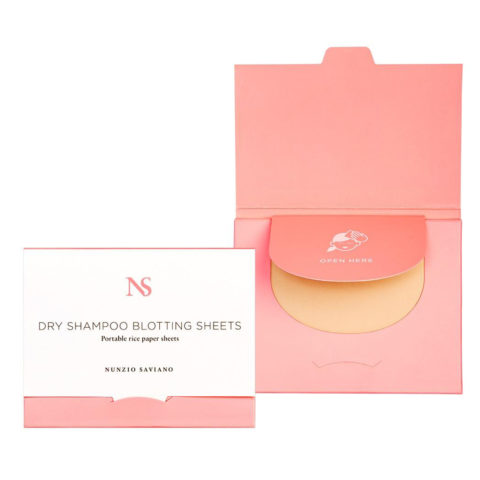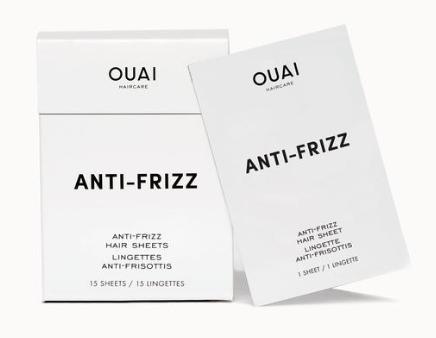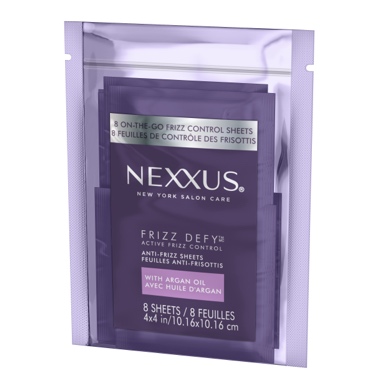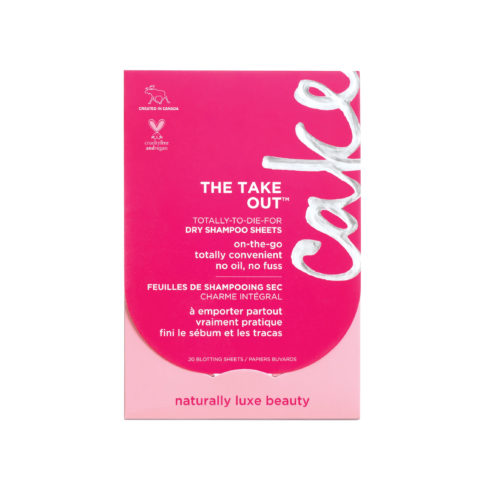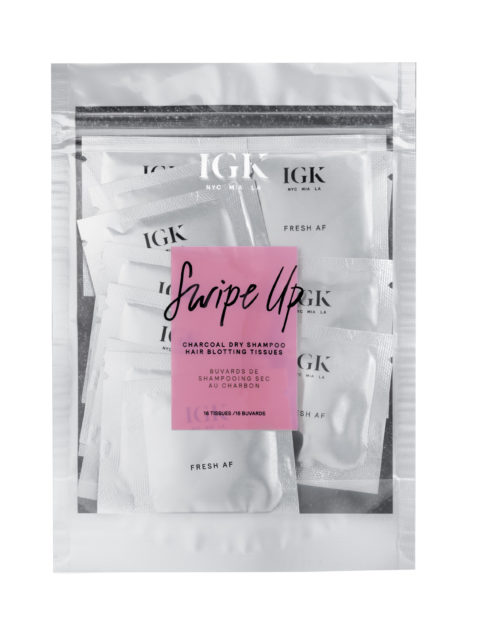What’s The Deal With Dry Shampoo Sheets?
I’m going on my first camping trip in a few weeks. Normally dry shampoo would be number one on my packing list for an excursion where running water won’t be on the menu, but I’m on a sabbatical from it at the moment. As a fine-haired, shampoo-every-other-day person, I’ve always been a heavy dry shampoo user, misting various oil-absorbing powders along my hairline, and around my crown to boost volume. But after using it every other day this past winter, my already dry scalp started to resemble aerial images of cracked earth, so I’m taking a break.
For those devoted to weekly blowouts (or the snooze button), it’s hard to imagine life without dry shampoo. But it wasn’t always a styling staple, says Kevin Mancuso, Global Creative Director for Nexxus. Early in his career the hairstylist remembers Psssst! (a successor to Minipoo, considered one of the first commercial dry shampoos), being frowned upon by the industry. “The 70s and 80s were about washing your hair every day,” says Mancuso. It wasn’t until the 90s, when “hairstylists started saying ‘it’s better for your hair not to wash it,” though Mancuso says there wasn’t conclusive evidence about that. Then came the rise of the blowout, which helped catapult dry shampoo to stardom. “If you’re having your hair blown out and you have really thick, coarse, curly hair, it really preserves your investment.”
Stephen de Heinrich de Omorovicza—whose hair is so full, healthy and shiny, it’s distracting—isn’t a big fan of dry shampoo. During a visit to Toronto this past spring, the co-founder of his namesake skincare line told me so after I shared that I was worried my liberal use of it had caused a bit of a drought on my scalp. He recommended Omorovicza’s Revitalizing Scalp Mask, a Hungarian Moor Mud treatment which features exfoliating salicylic acid and flake-fighting celery extract. It’s the brand’s single hair product, which is why de Heinrich de Omorovicza says he had a lab sample on his desk for years before launching it. “I kept thinking ‘we don’t do hair, we don’t want to take on the whole hair thing,’” but he eventually came around to the idea that the scalp is an extension of our face, and is working on a second hair product that will launch next year. My scalp looks and feels a million times better after using it, along with a clarifying shampoo.
I’ll likely return to my regular dry shampoo routine come fall, with a few tweaks, including using dry shampoo sheets to bridge the gap between washes. Similar to how blotting papers help de-shine a greasy complexion, you just press the papers infused with oil absorbers like rice powder and charcoal along the hairline and part to refresh your roots, without the build up of powder on the scalp, or your bathroom counter. (The late Karl Lagerfeld, who used dry shampoo daily, prevented white residue from getting all over his perfume bottles by reserving application for a special room in his house.) There are anti-frizz sheets too, which came before the dry shampoo versions, and incorporate lightweight oils to help quell flyaways and static. Unlike their conventional aerosol can counterparts, these hair sheets are a travel- and eco-friendly alternative, making them perfect for everything from on-the-go touch ups to camping trips.
The post What’s The Deal With Dry Shampoo Sheets? appeared first on FASHION Magazine.
